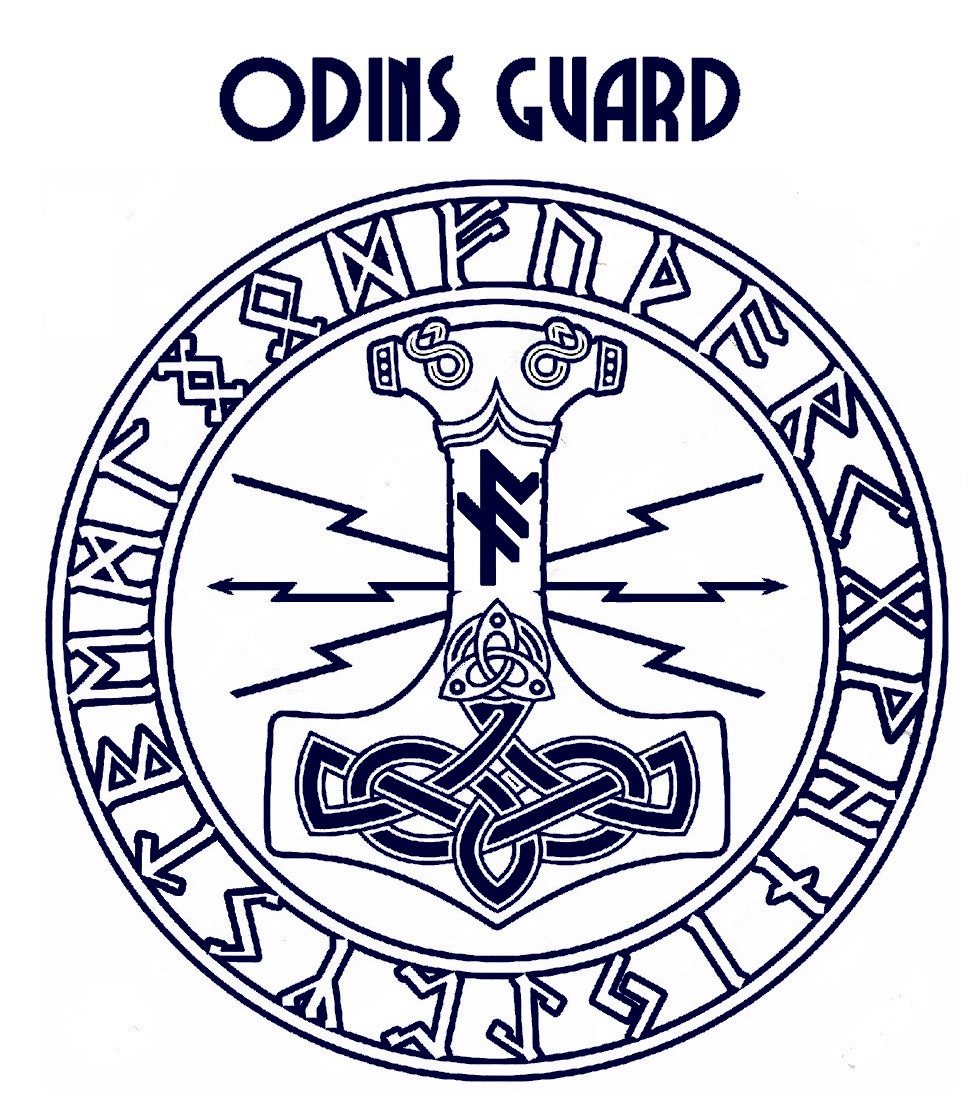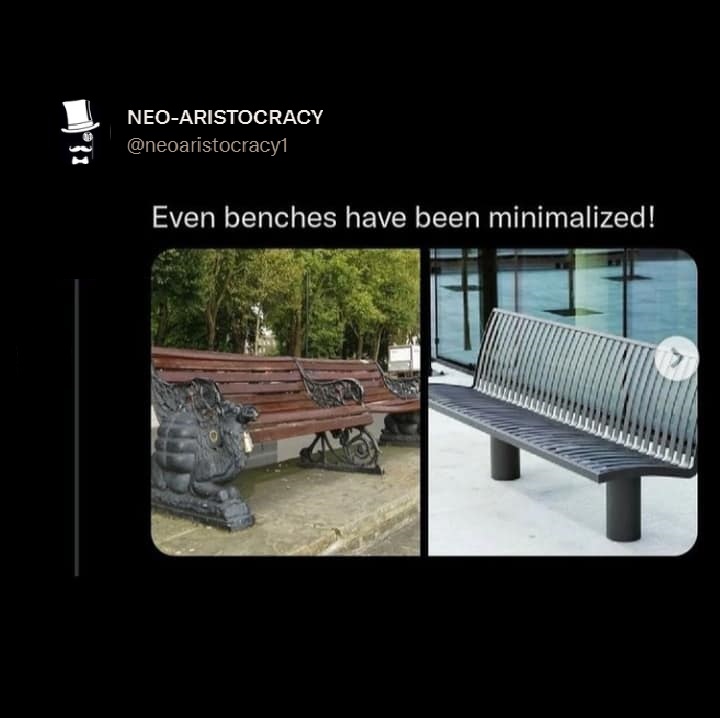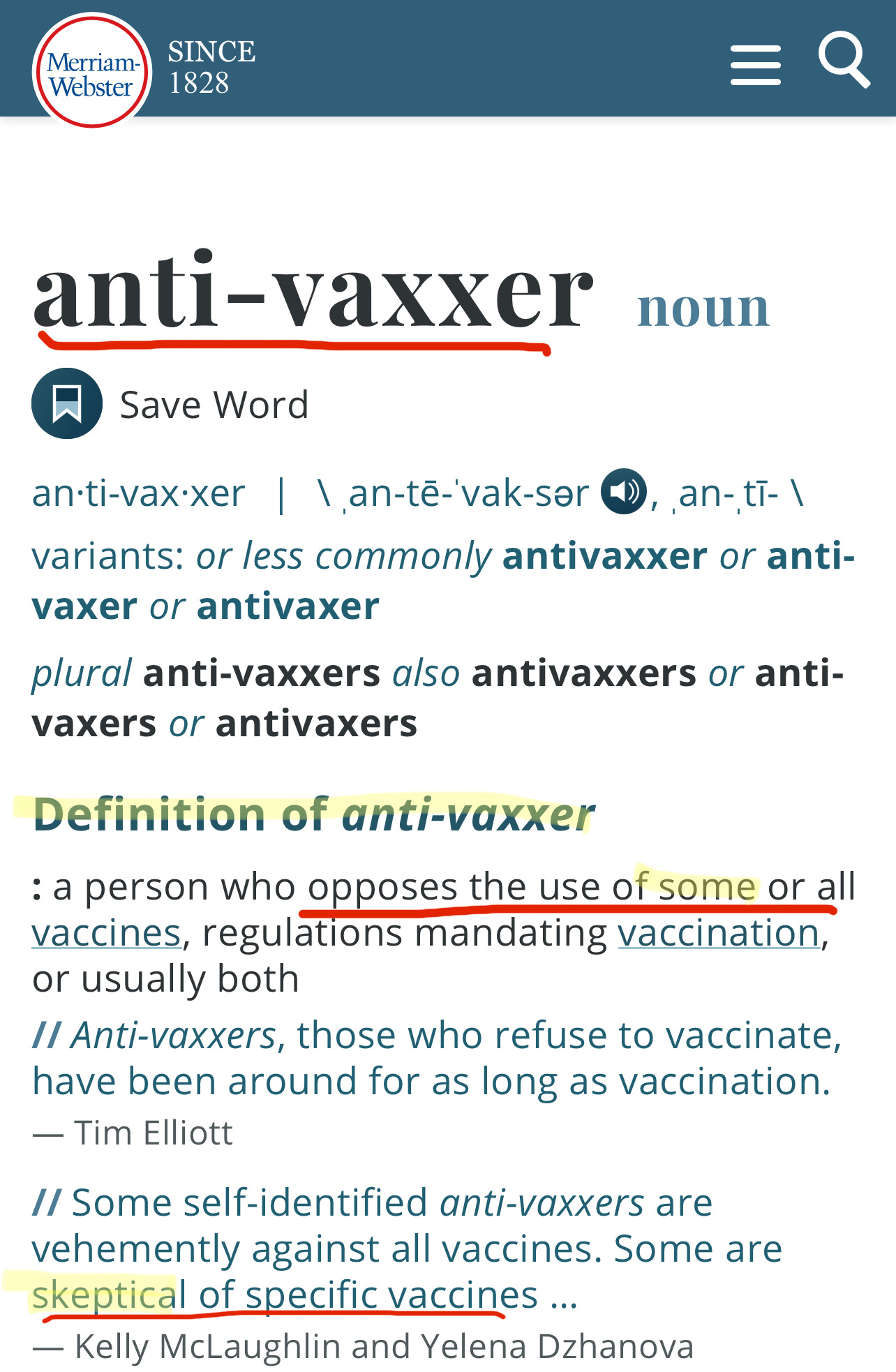 Choosing to have a large family isn’t an easy decision for some parents. Some people want a big family simply because they treasure the relationships they have with their siblings. Some families expand due to adoption or second or third marriages. Still, other parents choose to have many children from the get-go. Whatever the reason for its creation, there is no doubt that a large family can be both rewarding and challenging at the same time.
Choosing to have a large family isn’t an easy decision for some parents. Some people want a big family simply because they treasure the relationships they have with their siblings. Some families expand due to adoption or second or third marriages. Still, other parents choose to have many children from the get-go. Whatever the reason for its creation, there is no doubt that a large family can be both rewarding and challenging at the same time.
Are Large Families Common in West?
This question is challenging to answer, primarily because of ethnicity, but if we keep to ethno Europeans throughout the west then this answer is a resounding NO. Year in year out for decades the birth rate is in freefall decline. Factors include lack of money, lack of interest, inability to find a mate, Political anti family extremism peddled by the western states and manifesting in popular media.
One of the greatest challenges that super-sized families face is how to stay organized effectively. Families are busier than ever, and overscheduling children and adults has become the new normal. Calendars get packed with play dates, sporting events, and appointments. Now multiply those daily needs by five, six, seven, or more! Mom has a dentist’s appointment, dad has to go golfing with his boss, one child has a piano lesson, another has baseball practice, a third has a play date, and someone has to watch the baby. Add to this mix the reality of cooking meals, taking care of pets, and keeping the house running smoothly. Without a daily plan in place, life can quickly get out of control for a large family unit. Fortunately, effective planning can make a large family’s schedule run in an orderly fashion.
Keep a Calendar
With so many activities going on at any given time, a central family calendar is a must. Some of your choices for a calendar include:
- Physically print a weekly calendar and cover it with contact paper to function like a dry erase board.
- Hang a large, erasable whiteboard in the kitchen to keep track of daily and weekly activities and plans.
- Place a chalkboard style calendar in a central location in the home. You can create a chalkboard wall with DIY chalkboard paint.
- Download an app on your phone or tablet device that populates everyone’s happenings in one virtual space.
The type of calendar you choose to use depends on your family’s needs. The key is to update it with activities the minute you know about them, and check tomorrow’s calendar each night, so you can spot any potential conflicts and resolve them ahead of time. You may go through several calendar ideas before you find the one that works best for you.
Create a Routine, and Stick to It as Much as Possible
Although routines will change with new seasons, sporting schedules, or children’s interests and activities, try to stick to a routine as much as possible. Hence, everyone in the family knows what to expect.
- Have set meal schedules. While they will change from day to day depending on activities, most meals should occur around the same time each day.
- Establish spaces of time when the kitchen is closed. Four, five, or six kids coming in and out of the kitchen searching for snacks all day long will make a parent go mad… and broke.
- Prioritize homework. If right after school works best in your home, go for it. If evening homework seems the way to go, by all means, create that routine.
- Set bedtimes for children according to their age, with younger children going to bed earlier than older children. Bedtime routines begin long before the lights go out. Create an evening routine that involves baths or showers, a television show, quiet playtime, a story, Develop routines that help alleviate stress at bedtime.
Life is ever-changing, as are the people in it. You can’t control your gang’s every move, but you can make routines regarding daily expectations, like mealtime, bedtime, play together time, and homework time.
Know Your Limits When It Comes to Extra Activities
The more active children you have in a family, the more activities you will see on the calendar. Sports, music, and extracurricular clubs are good additions to your kids’ lives, but not if they run you into the ground. When your children decide they want to join a travel baseball team, take piano lessons or learn a new language, just make sure you can balance the demands. Some families might choose to allow each kid to pick one activity, while others are all about packing the fun in.
Know your limits and recognize when it all becomes too much. Parents tend to put the kids first; and this is important to a point but self-care is essential in a large family. If parents don’t take care of their own needs and carve out time for joy and their own interests, they can’t meet the needs of their large families. Big families require balance in all things, including activities.
Managing screen time![Why Does my WiFi Keep Disconnecting? [Solved on Windows 10 PC]](https://www.freecodecamp.org/news/content/images/2021/11/wifi.png)
In todays world its the norm that children spend more time on the screen than off, kids as young as 4 or 5 given their own screen and preferring to use this than interact with their siblings and parents. Often exposed to material that is either unsuitable or outright dangerous.
Perhaps the best way to go is to have no screen at all but you might find this unworkable for many reasons, Kids in the 80s and 90s used computers and watched tv and it was manageable, in most cases it enhanced childhood rather than today where as it is all but replacing childhood.
- Only allow offline gaming, don’t just limit it but prevent it from the get go, Most games can be played off line and the ones that can’t they shouldn’t be playing anyway “fortnite” for example.
- No personal screens. Don’t buy your child smart phones or tablets or any device that can connect to the internet. Let them use the main family tv for access to youtube or other apps allowing them to watch a selection of pre approved shows. Generally you don’t want them to be watching anything post 2001
- No pro western family should subscribe and or watch any of the state run channels avoiding these also allows you to save money on tv licences in the countries that enforce them
- Keep show watching to a minimum and make a big deal of family films, sitting altogether as a family with fun snacks to reinforce the importance of the time spent together.
Stay on Top of the Laundry
Any parents raising a large brood will tell you that two things are never missing from a big gang: lots of love and loads of laundry. The laundry is never-ending. It isn’t going away, ever, so you first need to accept this fact and then create strategies to deal with the mountains of clothing.
- Don’t let it pile up. While a laundry day may work for a family of four, a family of eight will find it a real challenge to get that amount of laundry done in a few hours. Throw in a load or two every day, come hell or high water. This is one chore you never want to put on the back burner. A parent of a big family could literally drown in dirty laundry.
- Give children some responsibility in regards to their laundry. Different-aged children can help with varying aspects of the laundry completion. Little kids can sort socks (matching is an excellent skill to work on), older children can put their own items away, and kids approaching the teen years can do their own laundry. Yes, they will tell you they cannot possibly achieve this. You know better though, they totally can.
- Steer clear of buying clothing items with high cleaning demands. Don’t stock up on items that can only be washed on a cold cycle and have to be laid flat to dry. Limit the shirts and pants that can only be dry cleaned.
Make Mealtime great again
Eating out with a large family can get expensive, and dining at home will often save money and time not to mention starving anti west restaurant chains . However, after a busy day of caring for children and working, parents often feel too tired to prepare a meal. Meal prep is a family’s best friend. Plan dinners ahead of time and shop for ingredients. Set aside a few hours on Sunday to gather in the kitchen and create dinners for the week. When you do have time to cook, make inexpensive yet delicious meals for large families that are sure to please everyone in your crew.
Large families almost always have at least one missing member come dinnertime. One kid is at soccer. Another is at dance class, and dad has to finish up work emails. If families don’t carve out time to eat together, it rarely occurs. Decide which day you can swing a family meal and require all members to be present. Dining as a family has countless benefits, not least the opportunity for a family meeting, to hold court and take care of business.
Manage the Holiday Season Like a Pro
Shopping for one or two kids at Christmastime gets expensive. Shopping for six kids can run up a price tag that would make any parent faint. Parents with a bundle of kids know that the holidays are a time to focus on togetherness and family traditions. They are not all about presents galore. Consider having each child make a Christmas wish list for Santa that includes:
- A book to read
- Something to wear
- A toy to play with during quiet time
- Something to create
- An experiential gift (like a zoo pass) that equates to time spent with family
- Above all buy second hand when possible, Older toys are generally better quality and ideologically untainted, although bare in mind “toxicity” No parent should buy into the latest must have fads for their children but if you really feel you need to give your children the latest must haves then get it on ebay
Organize the Chaos
With so many people living under a single roof, clutter can quickly get out of control. Keep your home organized by creating a space for everything. For example, use in and out baskets for papers the kids need to have signed for school tomorrow, place a rack or cubby space near your home’s entryway for shoes, and hang hooks on the wall dedicated to backpacks and coats for easy grabbing the next morning. When clutter comes into the home in the form of McDonald’s toys, junk mail, old art projects and so on, decide what you must keep and immediately throw away anything else.
Sort through clothing regularly. Pass down what is outgrown. Keep a large bin in your closet at all times. Place items the children no longer wear or need in the bin throughout the year, and ship it off to some pro western charity or at least one that isn’t anti west when it becomes full.

Advantages of Having a Large Family
Although juggling the time demands of a large family may seem overwhelming, the rewards far out weigh the lack of personal time that parents have. Here are some advantages of having a large family.
- You can dole out chores and have the children help with the workload of running a large household. You birthed the army. Use it!
- Children will have built-in best friends for life (their siblings). You will never have to take pals on vacation to keep kids entertained.
- The children aren’t likely to be spoiled since resources must be shared.
- There will be multiple adults to help with aging parents. No nursing home for you.
- The children can take over the family business and carry on running it under the ethos you started.
- The main reason people sight for not having children or just 1 or 2 is cost. Well with a large family comes a large cost but it should also be seen as a investment. Each child when coming of age should be required to pay back into the family from the their salary somewhere between 15% to 25% while this might raise eyebrows in Europe or North America, its considered sound family planning in many other parts of the world.
- There is a strong and large support system to help through life’s ups and downs. Should anything ever happen to you and your partner, your kids will have each other.
- Children have the opportunity to spend time with multiple age groups. It’s amazing what little ones learn when older siblings surround them.
- Children are likely to do better in school socially, less chance of being bullied etc because of elder brothers and sisters to stand up for them or just help them navigate the murky world of high school.
Family Means Everything
Nobody knows what the future holds. While it may be more of a challenge to raise a big family, especially when it comes to college expenses, insurances, additional vehicles, and limited time, a large family can also mean an abundance of blessings, love, and support for everyone. In the end, your large family is absolutely worth it. A strong emphasis on staying together, working together and defending each other above everyone else should be instilled at an early age. Each sibling should view one and other as best friends. As they get older this needs to be enforced. Its all too common these days in the west that once a child begins work or goes to university that they start to drift from the family. Even one member doing this weakens the whole. The relationship, the bond they form with each other should be for life, this is what will set your family apart from others, giving you and your children the advantage.

























 There is a war on, a war against creativity a war against individuality a war against beauty, national consciousness, a war against the western ideal.
There is a war on, a war against creativity a war against individuality a war against beauty, national consciousness, a war against the western ideal.












